Fence-line and TMR feeding systems for beef cows
Learn about pasture, total mixed ration and winter feeding systems for beef cows, and how to reduce your feeding costs. This technical information is for beef farmers in Ontario.
ISSN 1198-712X, Published May 2015
Reduced feeding costs can increase profit
The significant costs associated with feeding the beef cow have a major impact on the size of the cow-calf sector. High land prices and decreased forage production have made cow rations more expensive; cow herd operators should embrace cost-reduction strategies wherever they can be found. Take informed action on reducing ration ingredient costs and maximizing their use of pasture as part of a feeding strategy to improve cow herd profitability.
There is a generally poor understanding of labour efficiency as related to feeding in the Ontario cow-calf sector. Fortunately, there are many opportunities to improve labour, feed and cost efficiencies by improving beef cow (winter) feeding systems.
Using pasture to reduce days on stored feed
The most fundamental beef cow feeding strategy remains the use of pasture (Figure 1). In most jurisdictions, the prevalence of the beef cow (think of her as a walking calf incubator and milk replacer machine) is dependent on pastures and access to those pasturelands. The lower the stored feed cost on the suckler cow, the more profit remains, as calf revenue is subject to the markets.
Using pasture for feed is much less expensive than using stored feed, as the associated machinery and storage costs are removed from the harvesting equation.
Other benefits of using pasture include its ability to meet vitamin requirements due to the nature of fresh forage as compared to stored or ensiled feeds. The fresh pasture resource remains the most economical way to meet cows' massive nutritional requirements, as it is cheaper to harvest, and pasture remains the cow's nearly perfect food.
Perennial grasses and legumes plus some annual species, stockpiled forages and crop residues are the foundation of a feeding system to keep cows off stored feed for as long as possible.
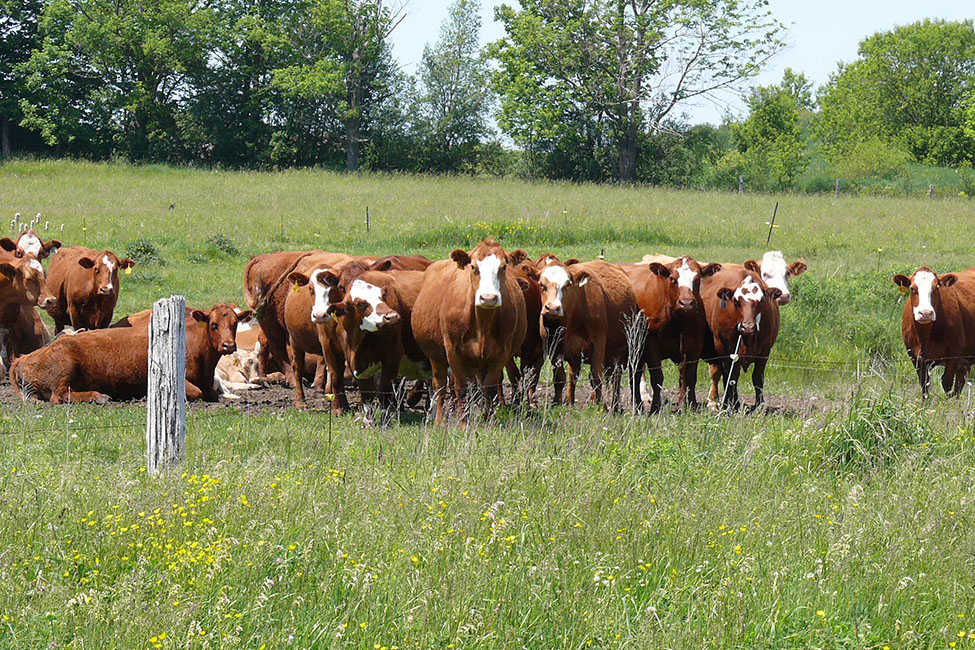
Figure 1. Before investing in a total mixed ration (TMR) mixer or other feeding infrastructure, producers must weigh this capital cost against those of simple systems like pasture.
Comparing winter feeding systems
Even operations that make full use of pasture feeding must have a winter feeding strategy. Ideal components include:
- forage feeding time should be no more than 15 seconds per cow per day
- one person should be able to feed forage in a system, with no additional help
- a system should deliver concentrates even more rapidly than forage (or preferably with the forage)
- systems that risk animals being in contact with machinery during feed delivery pose animal safety risks and are less time efficient
- feeding systems that depend on people being in contact with animals during feed delivery are safety hazards, especially in limit-fed situations
The challenge of feeding systems
In Ontario, broad recommendations are difficult to make. If a farm truly maximizes the pasture resource (and minimizes annual feed cost), how much effort or money is justified in creating a winter feeding facility? Issues to consider include:
- actual ration cost
- labour savings
- feed wastage
- safety
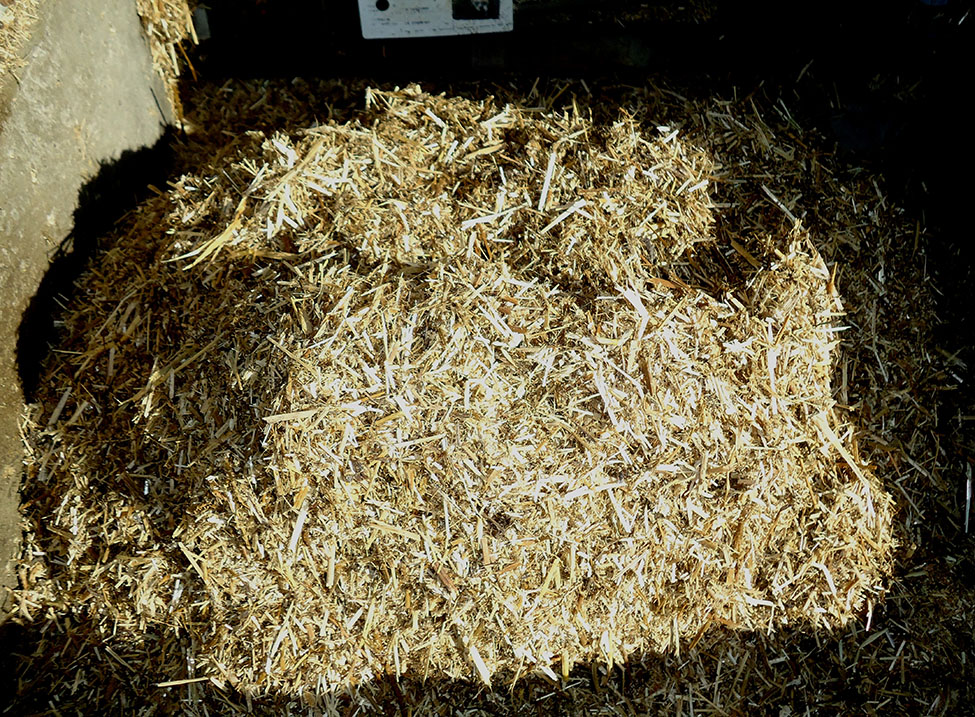
Figure 2. Haylage- and straw-based TMR ration as used in Dr. Katie Wood's 2012 research at the Elora Research Station, investigating the effect of restricted feeding of pregnant beef cows.
Using commodity-based rations to reduce hay use can be accommodated by a flexible feeding system. Two examples of flexible feeding systems are fence-line feeders and total mixed ration (TMR) mixers. These allow for products to be used that are very different from each other and from the typical beef ration (Figure 2).
Why fence-line feeders?
Drive-through feeders are a very time- and labour-efficient way of delivering large amounts of bulky feeds, such as cow rations. The fence-line concept can be implemented in numerous ways, but its flexibility remains constant (Figure 3). The system can accommodate any forage, which is the cornerstone ingredient, including big bales or bulk feed, round or square bales, wet or dry ingredients, silage or dry hay. The downside is capital investment and the permanence of the location, depending on the wintering site(s) used.
The Canada Plan Service website has various resources for the construction of fence-line feed bunks. Search for the CPS 1000 Series for Beef Cattle, Plan 1633.
Simplicity is key
Simple systems are the most effective. Although other systems can perform well, fence-line designs with ample bunk space allow for maximum flexibility with forage type (silage vs. hay, bulk vs. bales), commodity feeding options and restricted feeding (limit-fed or reduced hay) programs. These systems are also safer for farmers and hungry cows (Table 1).
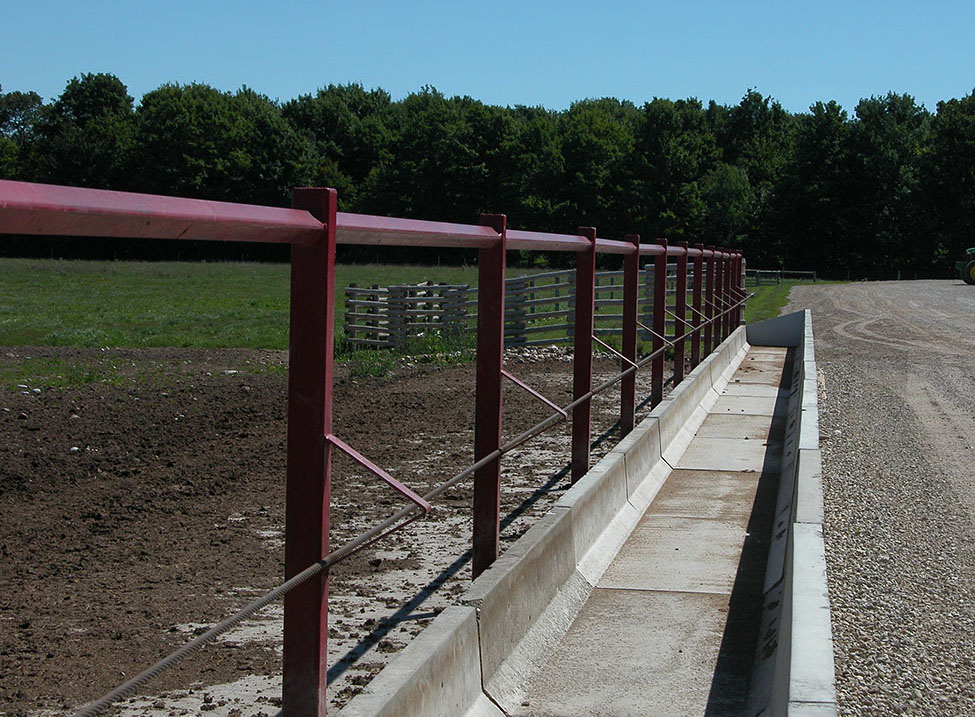
Figure 3. A fence-line feeder used for receiving cattle on a finishing operation. It could be used for wintering beef cows, as it is very time and labour efficient.
Total mixed ration (TMR)
A TMR is a proven nutritional approach. A ration can be created where very different feedstuffs can be combined and every mouthful is theoretically the same. All of this is combined with acidosis prevention, as grain supplementation is never offered on its own in large quantities, making a TMR mixer a very useful nutritional tool.
Advantages of mixers
With the advent of the "kitchen blender" style of mixer (vertical auger), TMR has accessed a whole new audience of farmers. The typical mixers of a decade ago were horizontal augers, which served the feedlot and dairy sectors well. However, their major weakness was the inability to use large amounts of hay, large bales or baleage, so were inflexible with respect to forage storage method.
The newer type of mixers allows the maximum flexibility of commodities, forage types and storage method. Manufacturers have also begun to validate the mixing performance of these mixers, which is especially important for rations that include urea or medications.
The use of these vertical-auger style mixers (Figure 4) is recommended (provided the manufacturer has mixing verification data), specifically because of this flexibility. A cow-calf operator using round bales can take advantage of the TMR approach with a vertical auger mixer.
Table 1. Dimensions for different bunk lengths, heights and widths of effective fence-line feeders, according to the stage of cow production.
| Bunk dimensions | Calves to 272 kg (600 lb) | Heifers | Feeders 272-454 kg (600-1,000 lb) | Feeders and cows to 544 kg (1,200 lb) |
|---|---|---|---|---|
| Length: full feed |
N/A |
30 cm (11-12 in.) | 20 - 30 cm (8-12 in.) | 35 cm (13-14 in.) |
| Length: limited feed |
35 - 40 cm (14-16 in.) | 55 - 65 cm (22-26 in.) | 45 - 55 cm (18-24 in.) | 65 - 80 cm (26-30 in.) |
| Throat height (T) | 40 - 45 cm (16 -18 in.) |
N/A |
45 - 55 cm (18-24 in.) | 60 cm (24 in.) |
| Bottom width (W) | 40 - 60 cm (18-24 in.) |
N/A |
60 cm (24 in.) | 60 - 75 cm (24-30 in.) |
| Headrail height (H) | 35 cm (14 in.) |
N/A |
40 cm (16 in.) | 50 cm (20 in.) |
Plan originally from Alberta Agriculture. Replaces CPS Plan 1480 (Wood Bunks) and 1633 (Pipe Frame).
Source: Alberta Agriculture and Ontario Ministry of Agriculture, Food and Rural Affairs (OMAFRA).
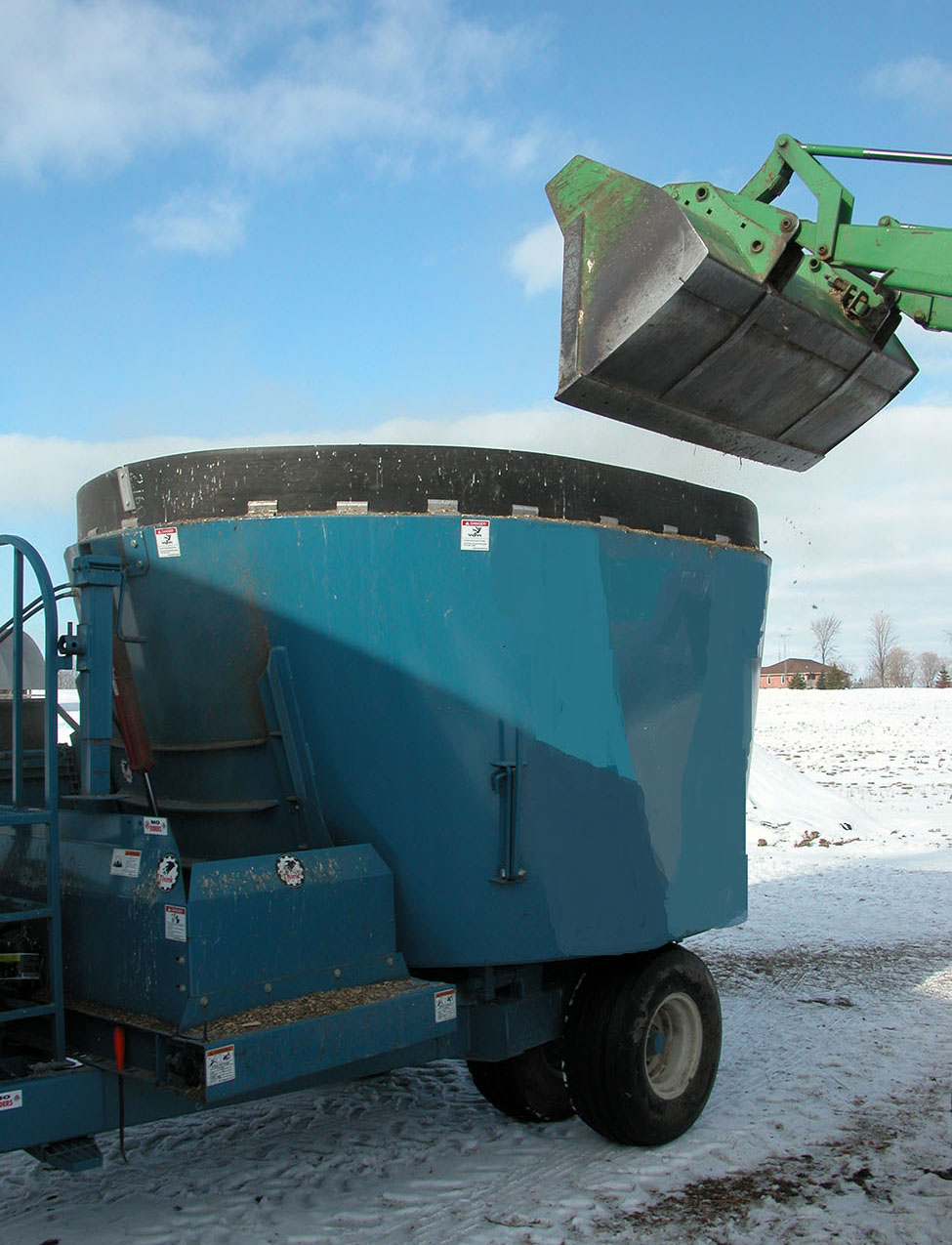
Figure 4. A vertical TMR mixer that is used to make rations consisting of commodity feeds, silages and hay.
Numerous articles discuss using commodities to stretch hay inventories. The TMR mixer becomes the perfect tool to use wet or pre-processed commodities (distillers, screenings, pellets) in primarily forage rations, as well as for poor-quality feeds such as straws, stovers and overly mature hay with fermented feeds such as corn silage. Furthermore, the machine allows the addition of urea as a "protein" source and becomes a means to include ionophores to boost feed efficiency in cow rations without using a pelleted supplement.
The benefits of vertical-auger TMR mixers are:
- flexibility
- ability to include any type of forage and storage method, at high levels, including low-quality forages, commodities
- ability to achieve ration homogeneity - improved feed efficiency from properly balanced rations
- ability to use urea (NPN) and medications in rations, including ionophore, to boost cow efficiency
The advantages of a TMR mixer on every beef farm - cow operations as well as the cattle-feeding sector - are clear. The benefits in the cow ration may be a little different than in the feedlot, but it's the same tool and is of definite advantage in cow-calf to finish operations.
Reducing ingredient cost
Using feedstuffs of differing origins and similar characteristics or optimizing widely differing feedstuffs to meet a common formulation outcome can reduce costs. The feed mill blends, grinds and pellets feeds. The on-farm version of this technology, which can accommodate fibrous feeds, is TMR. To be clear, the major advantage of the TMR mixer with respect to feed cost is its ability to use varying bulky and wet feeds and produce a palatable, consistent ration. This is what allows TMR rations to be less expensive. This flexibility allows greater shrewdness in costing forages including residues, straw and fermented feeds as opposed to hay, plus using more economical options for supplementation.
Disadvantages of TMR mixers
This technology comes with both capital and operating (tractor, fuel, labour) costs:
- the feeding infrastructure must be fence-line feeding or some approximation thereof
- the forage in TMRs is processed at harvest or at mixing
- the savings of not chopping in the field are lost when the forage is processed in the mixer.
Without the input cost assessment available, the author estimates that shredding baleage in the mixer is less efficient than chopping it at harvest, from the perspective of fuel/energy, time and other costs of including haylage in a TMR.
Comparison of feeding systems
The use of pasture is the lowest-cost feed resource. Attempt to keep cows on pasture for as long as possible each year and reap the labour, manure handling, exercise and nutritional benefits as well.
The newer type of TMR mixers provide a great opportunity, especially for the full-time or professional cow operator. The ability to endlessly mix and match all forages, commodities and feed additives cannot be overlooked. The price tag, however, can be a disincentive to average and even above average-sized herds.
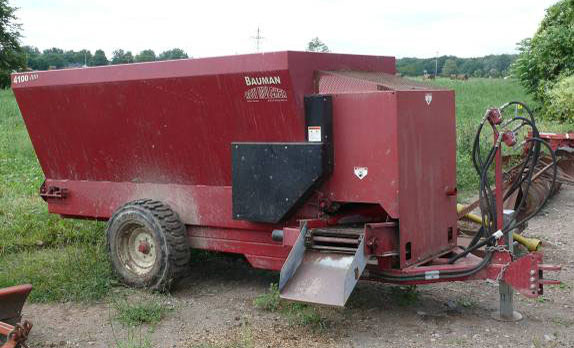
Figure 5. This mulching wagon, typically used in horticulture, is being used to deliver lower-cost fermented feeds to the herd in a "quasi-TMR" (forages layered inside), while the operators transition their feeding system toward full TMR infrastructure and the associated capital costs.
In larger herds, potential feed cost reductions can quickly pay for the machine. However, if a farm can do a really good job of alternate day feeding or grazing, the mixer may not provide an advantage. For the grazier who only needs 120 days of winter feed, anything more than a dry hay system may be a waste because the daily feed savings don't have enough days to offset the capital costs.
Fence-line feeders are the most time- and labour-efficient way of delivering large amounts of bulky feeds and forage, plus TMR. This way, cheaper commodities can be used in conjunction with round hay bales or silage.
Adopting a flexible feeding system that allows for a multitude of different forage and commodity feeds to be used will greatly benefit beef cattle producers. In many cases, this may mean TMR ration equipment and fence-line feeders but may also include a "poor-man's" or quasi-TMR (Figure 5) and alternate day feeding as bridging solutions along the way.
This factsheet was authored by Christoph Wand, Livestock Sustainability Specialist, Elora, OMAFRA.
Footnotes
- footnote[1] Back to paragraph Full feed: feed present most of the time.
- footnote[3] Back to paragraph Calves not normally on full feed.
- footnote[2] Back to paragraph Limited feed: all animals need to eat at once.